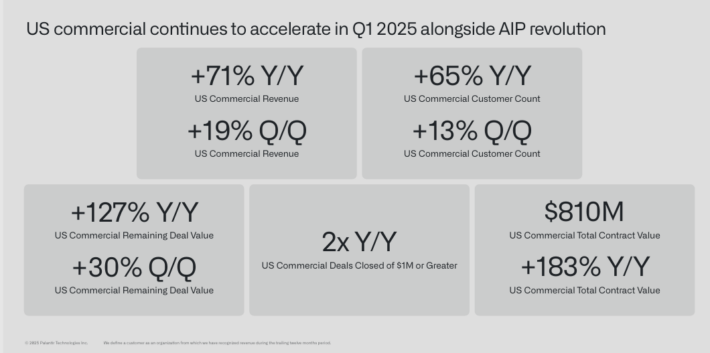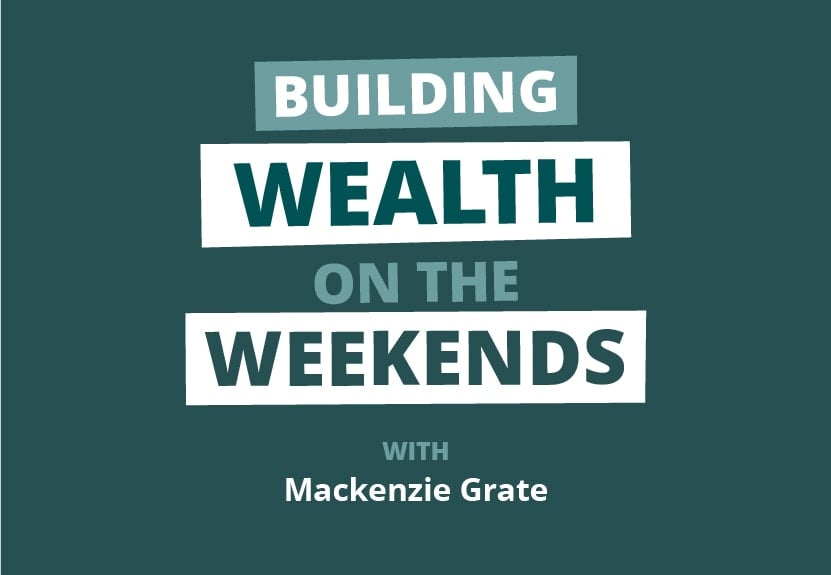This article/post contains references to products or services from one or more of our advertisers or partners. We may receive compensation when you click on links to those products or services
With interest rates rising above 2% and fresh features like unlimited withdrawals, there hasn’t been a better time to open a high-yield savings account since 2008.
And yet, I’ve still never opened one. To me, the value proposition just isn’t quite there yet, and there are other ways that investors can generate higher, risk-free returns from their rainy day fund.
5 Reasons I Don’t Have a High-Yield Savings Account
I just don’t like opening an account with a guaranteed loss; and yes, most HYSAs are operating at a loss to their account holders. But before you freak out about where my emergency funds are, just hear me out.
1. “High Yield” Isn’t High Enough Yet
At the time of this writing in late September 2022, the highest-yield savings account I could find is the Citizens Online Savings Account at 2.35% APY. And the rate of inflation for the 12 months ending in August was 8.3%.
Editor’s note: As of the date of publishing, Current is offering 4% interest on up to $6,000 in savings and Brio is offer 2.61% on all balances.
To me, HYSAs made more sense when the interest rates nearly matched the rate of inflation. Prior to 2008, HYSA rates hovered around 4% to 5% in the ‘90s and dipped a bit in the 2000s. Meanwhile, the rate of inflation during this period was the same or even lower.
As a result, HYSAs acted as a risk-free, FDIC-insured hedge against inflation: They’re essentially playing the role of the Series I Savings Bond but way more liquid.
That all changed, of course, when the Fed cut the federal funds rate to 0.25% and the average savings rate plummeted to nearly 0% through the 2010s. This effectively reduced the role of the HYSA from “perfect inflation hedge” to “place to hide money from your family.”
Fast forward to 2022 and while savings rates have climbed past 2%, that’s still a quarter of the rate of inflation.
Yes, 2% is still better than 0% in my checking account — but a 6.5% gap with inflation is enough to inspire me to find higher-yield, short-term alternatives.
Like opening another checking account!
Read our review of ones offered by NorthOne and Betterment.
2. Checking Accounts and Credit Cards Can Generate Higher Risk-Free Returns
HYSA interest rates are so low that you can earn better risk-free returns from a signup bonus on a new checking account or credit card.
Many neobanks like SoFi are offering a $300 cash bonus, for a limited time, when meeting $5,000 or more of qualifying direct deposits over a month. For comparison, if you were to deposit $5,000 into an HYSA at 2.00% APY compounded daily, it would take 35 months to generate $300. Neither would impact your credit.
Rewards card signup bonuses can also generate inflation-busting “returns” in a short period of time. Opening a new line of credit will impact your credit score, but if you’re already in the market for a new card, it presents yet another opportunity for a quick, risk-free ROI.
The Chase Sapphire Preferred® Card, for example, tends to offer signup bonuses in the realm of 60k to 80k bonus points for spending $4,000 within three months. Those points are worth $600 to $800 in cash or $750 to $1,000 in travel.
3. I Didn’t Need (or Want) the Liquidity
The chief selling point of an HYSA is to have an emergency fund separate from your checking account that’s:
- Interest-bearing, and
- Always accessible 24/7
After all, what happens if you have an emergency vet bill and all of your money is tied up in investments?
Instead of keeping money in a HYSA — where it wasn’t growing fast enough — my plan in case of emergency was to take out a low-interest personal loan to cover any surprise bills. Specifically, a loan with no origination fee and no early repayment fee. That way, I’d buy myself a few months to generate income/liquidate and only have to pay my lender a few months’ interest.
By planning to borrow a rainy day fund instead of keeping one in an HYSA, I was able to keep more of my money in investments like the severely underrated I-Bond.
4. I Bonds Are Paying 9.62%
If you’re new to Treasury Series I Savings Bonds, or I bonds for short, they’re government-issued bonds that try to match the rate of inflation every six months. You can buy up to $10,000 worth of I bonds in a calendar year (plus an extra $5,000 with your federal tax return) and the interest rate is locked for six months.
Right now, if you buy I Bonds before November 1st, 2022, you’re guaranteed 9.62% interest for at least six months. Then, on May 1st, the rate resets to match inflation again.
I Bonds are untouchable for one year. And if you withdraw within five years, you’ll take a 3-month penalty on the interest. So if you withdraw at 18 months, you’ll earn 15 months’ interest. You’ll also pay federal income tax on your interest, but still: I Bond rates are way higher than HYSAs right now.
So if you’re looking for an inflation hedge and don’t need the liquidity for a year, I Bonds smash HYSAs in overall guaranteed returns.
The name’s Bond. I Bond. >>>>>>
5. It’s a Bear Market — Buy, Buy, Buy
Some say that a bear market is the equivalent to a sale on the stock market and I agree. After all, the S&P always recovers and experts predict that our current bear could go bull as early as 2023.
Granted, things could get worse before they get better, which is why dollar-cost averaging is so important for riding volatility.
But since I’m investing for the long term with a horizon of 5+ years, I can afford to have my money tied up for a while — and simply don’t need the liquidity of an HYSA.
That all being said, I totally value HYSAs for what they offer. Here are three great reasons why you should open one in 2022.
3 Great Reasons To Open an HYSA in 2022
Now that I’ve shared why I personally didn’t pull an HYSA out of my investor toolkit this year, here are some excellent reasons why other investors might consider it:
1. You Might Need the Capital Within a Year
Are you planning to make a major purchase, like a home or car, within the next 12 months? If so, then it might be wise to keep your down payment savings inside a liquid bank account. The HYSA sales pitch is:
“Like checking, but with interest.”
Again, 2% is way better than 0% in your checking account. And unlike with an I Bond, your funds are never tied up.
2. You’re Still Building Credit
If your credit score is below 740 you may not have access to the best personal loan terms like low interest, $0 origination, $0 early repayment, etc.
Therefore, using a personal loan in lieu of a $10,000 HYSA may not be a viable option. Best to go the safer, less stressful route of building credit and saving the traditional way!
3. When a $200+ Signup Bonus Offer Comes Along
Occasionally a signup bonus for an HYSA will come along that essentially offers years’ of equivalent interest up front.
You’ll typically have to keep $10,000+ inside the HYSA for up to three months, but at least you can still access it and forfeit the bonus (whereas I Bonds are locked up for 12 months).
The Takeaway: Make a HYSA Work for You (or Not)
HYSAs are just another tool in the investor’s toolkit: Useful in some cases and not others. To decide if an HYSA is right for you, consider just how liquid you need to be and whether you can make match or exceed the interest returns elsewhere.
Of course, if you are looking for a HYSA, check out our faves here.
If you thought that was controversial….















